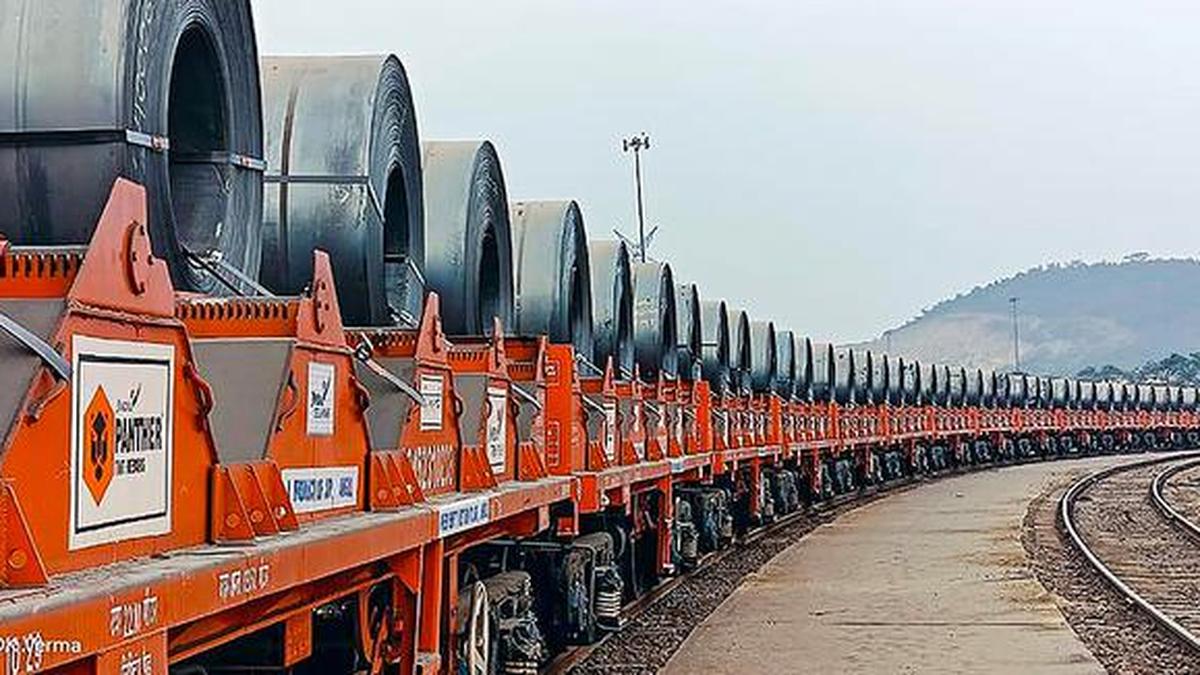
India remains stoic on Trump’s steel tariffs, latest in series of shocks
The Hindu
President Trump imposes 25% tariffs on steel and aluminium imports, affecting India and prompting concerns over trade relations.
President Donald Trump’s latest salvo of a 25% blanket tariff on all imports of steel and aluminium into the U.S. are the latest in a series of announcements and executive orders, just days before Prime Minister Narendra Modi’s visit to Washington, that have affected India. So far, the government has demurred from commenting on these moves or stuck to muted responses.
Announcing the move, Mr. Trump said there would be “no exemptions” to the tariffs, that are expected to come into force on March 4. “It’s time for our great industries to come back to America...this is the first of many,” the U.S. President added, suggesting other tariff announcements will follow.
On Monday, Union Steel Secretary Sandeep Poundrik maintained a stoic stance on the new tariffs, stating India’s steel exports to the U.S are miniscule, with just 95,000 tonnes exported to the U.S last year from India’s total output of 145 million tonnes. “So, how does it matter if you are not able to export 95,000 tonnes?” he remarked at an event organised by Bengal Chamber of Commerce and Industry.
He conceded Indian steel producers may face a problem if more countries put safeguards and restrictions on trade. When the U.S. had imposed tariffs on steel and aluminium in 2018, India had hit back by raising tariffs on 29 American products.
Meanwhile, experts expect the latest tariff measures to boost U.S. demand for American steel and enable local producers to raise prices, but could confound the situation for other nations.
“The U.S tariffs on steel will increase competition and exacerbate oversupply at other steel producing markets. Indian steel producers will face increased challenges in exporting their products. Over the past 12 months, high steel imports into India have already dampened prices and earnings of steel producers in India,” said Hui Ting Sim, AVP at Moody’s Ratings.
The government has not yet responded to another decision, to “rescind or modify” the sanctions waiver received by India to develop a terminal in Iran’s Chabahar port, which is a key part of New Delhi’s regional and international trade ambitions. It has also made no comment on Mr. Trump’s threats to impose 100% tariffs on BRICS countries if they try to side-line the use of the U.S. dollar.













